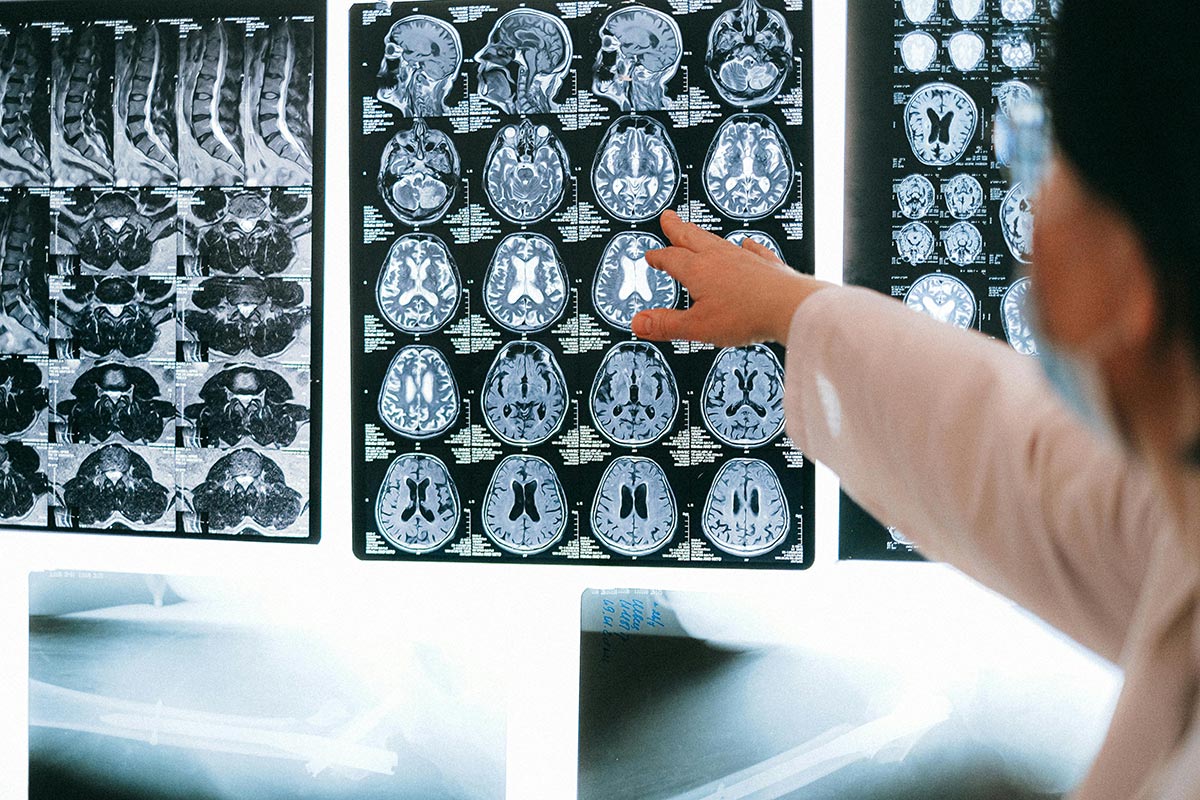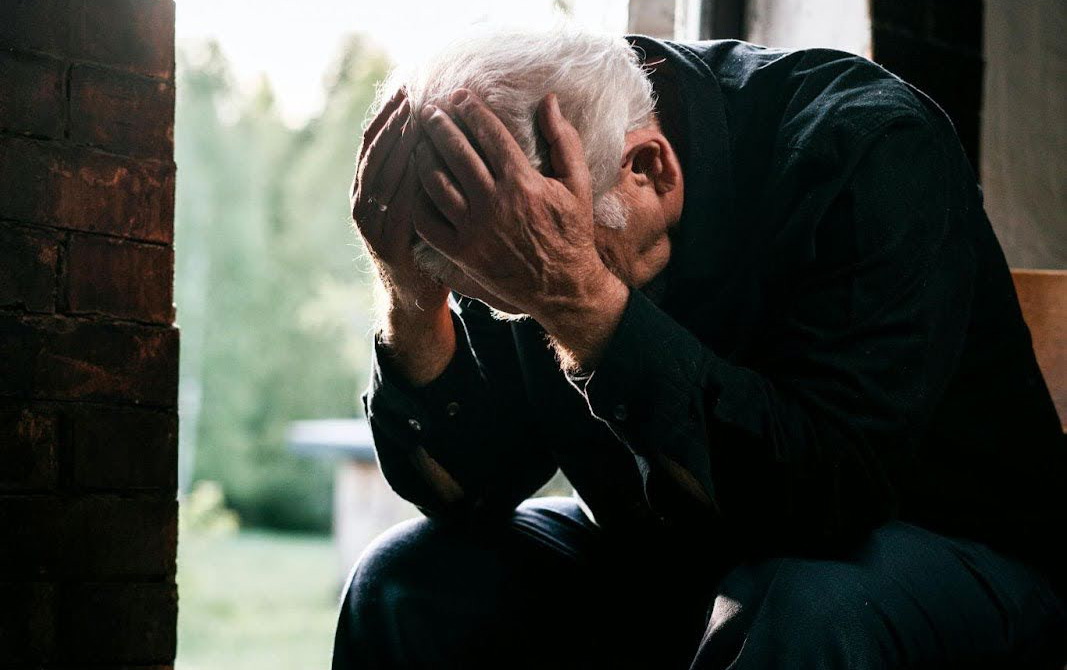
Understanding Emergency Outpatient Treatment
Definition and Purpose
Emergency outpatient treatment is that sweet spot in healthcare—a smart choice for folks who need more than just a check-up but aren’t quite ready to shack up at the hospital. You pop in, get the treatment you need, and head home to relax on your own couch. It’s about getting the care you need pronto but in the comfort of your own space (North Star Behavioral Health).
Benefits of Outpatient Treatment
Choosing emergency outpatient treatment can come with some pretty solid perks that patients are finding hard to pass up:
| Benefit | Description |
|---|---|
| Get Seen Faster | When you need it now, you get it now, avoiding the crowd that traditional emergency services tend to draw. |
| Keep Some Cash | Let's be honest, it's a lighter load on your wallet than shacking up at the hospital for a few nights. |
| Jump the Line | You snag quick access to what you need, potentially dodging bigger health messes later on. |
| Skip the Stay | You get what’s necessary without spending more time in a hospital than needed, which let’s admit, isn’t everyone’s favorite place to hang out. |
These benefits make the experience less of a hassle and smoother all around, so patients leave happier and the whole system works better (North Star Behavioral Health).
Conditions Treated in Outpatient Settings
Emergency outpatient care deals with a bunch of conditions that need quick medical attention but aren’t putting your life on the line. Below, we've broken down the usual suspects that drag folks into these clinics.
Minor Injuries
Got a boo-boo? These places can patch you up quick. Check out the lineup:
| Type of Injury | Description |
|---|---|
| Sprained Ankle | Tweaked the ligaments in your ankle while pretending to be an Olympic gymnast. |
| Minor Cut | A shallow slice in the skin that might call for a few stitches, or maybe just some sticky strips. |
| Superficial Burn | Skin-deep burn from touching something hot, or maybe getting into a little chemical misadventure. |
Time’s of the essence with these, or you’ll complicate things and slow down the healing track.
Acute Illnesses
They also see lots of folks with these quick-strike sicknesses. Here’s what that looks like:
| Type of Illness | Description |
|---|---|
| Respiratory Infections | Like bronchitis or pneumonia, those bugs that make breathing feel like a chore. |
| Urinary Tract Infections (UTI) | Makes pee time hurtful and annoying with constant trips to the bathroom. |
| Gastrointestinal Illnesses | Stuff like food poisoning landing you in the bathroom, thanks to a bad batch of that ‘fresh’ sushi. |
Getting on top of these early means you feel better faster and can skip over the complications.
Allergic Reactions
These reactions usually need just a bit of tender care and attention. Here’s the lowdown:
| Type of Reaction | Description |
|---|---|
| Skin Reactions (e.g., rashes) | When your skin goes red and itchy cause it's not a fan of something. |
| Mild Anaphylaxis | When breathing isn't quite right—not critical, but get those meds handy. |
Handling these pronto helps you move on without a hitch.
People pop into emergency outpatient places for all sorts of these conditions, making them a key cog in the health machine. If you’re curious about what this type of care involves, learn more about what is emergency outpatient treatment?.
Process of Emergency Outpatient Treatment
Getting urgent care in an outpatient setting follows a clear path to make sure everyone gets good help fast. Typically, there are three main steps: checking out the situation, getting the right medical care quickly, and making sure patients are set after they leave.
Triage and Evaluation
When patients show up at the outpatient facility, they're first checked through a triage system to see how serious their condition is and who needs help first. Here's how it usually goes down:
- Initial Assessment: People explain what's bothering them and share their medical history.
- Vital Signs Check: Medical folks check things like temperature, heart rate, and blood pressure.
- Severity Rating: Patients get sorted by how quickly they need help based on what’s found.
This way of doing things makes sure that anyone who needs urgent care doesn't have to wait.
Prompt Medical Care
Once the triage is out of the way, patients get quick attention from healthcare experts. Here's what might happen next:
- Diagnostic Tests: Getting images or running lab tests to understand the condition better.
- Immediate Interventions: Giving medications, taking care of wounds, or other urgent treatments.
- Monitoring: Watching closely to make sure everything is getting better as it should.
According to North Star Behavioral Health, this kind of care not only helps at the moment but also works to keep folks out of the hospital longer than necessary.
Discharge and Follow-up Care
After the medical bit, it's time to make sure patients are good to go. This part is pretty important and includes:
- Education: Giving tips on how to deal with the situation once they’re home.
- Referral: Suggesting follow-ups with specialists if anything needs further attention.
- Further Diagnostics: Getting more tests or treatments if there’s a need.
Follow-up care is there to give patients the back-up they need for ongoing issues (North Star Behavioral Health). This big-picture approach is all about looking after folks well past their initial visit, making the road to getting better a bit smoother.
Regulation of Emergency Medical Treatment
Getting a handle on how emergency medical treatment is regulated helps make sure folks get the right care when they need it most. This whole thing is shaped by national rules like the Emergency Medical Treatment and Labor Act (EMTALA), which covers guidelines, how patients should be transferred, and what duties hospitals have when it comes to their ambulances.
EMTALA Guidelines
So, the EMTALA is all about making sure if someone pops into a hospital's emergency room, they get a solid check-up. A doctor or someone qualified has to do this screening to figure out if the patient’s got an emergency on their hands. Spot an emergency? The hospital’s got to either stabilize the person with what they’ve got or ship them somewhere else safely if needed.
| Requirement | Description |
|---|---|
| Medical Screening | Done by a competent physician or medical team. |
| Stabilization | Emergency conditions mean stabilize, then treat. |
| Transfer Protocol | Must show moving patient helps more than risks. |
Patient Transfer Criteria
Moving patients to another place is a big deal and full of paperwork. Before hopping in an ambulance, if the patient isn’t stable yet, a pro has to write down that going elsewhere is a smart move. The patient also needs to sign off on this, showing they get the potential dangers and benefits.
| Transfer Requirement | Description |
|---|---|
| Stabilization | Must stabilize patients before any move. |
| Documentation | Write out and explain the benefits. |
| Informed Consent | Patients sign off knowing what’s up. |
Hospital Ambulance Obligations
If a hospital has its own ambulances, EMTALA’s got a few extra to-dos. Any patient coming in with these ambulances is seen as showing up at the emergency room, so the hospital’s responsible for giving them a proper screening and stabilization, just like anyone walking in off the street.
| Ambulance Obligation | Description |
|---|---|
| Medical Screening | Hospital ambulances need to have screenings too. |
| Stabilization Needed | Stabilize before transfer or further treatment. |
Following these rules is key to making sure everyone gets what they need in an emergency, and hospitals stick to tried-and-true methods. Want more details on what happens during emergency outpatient treatment? Check out our section on what is emergency outpatient treatment?.
Comparison with Walk-in Clinics
Knowing the differences between emergency outpatient treatment and walk-in clinics is crucial for smart healthcare decisions. This part breaks down the distinct services, costs, convenience, and care quality to clarify things.
Service Differences
Emergency outpatient centers and walk-in clinics serve different needs. Emergency outpatient places tackle urgent health issues that need quick attention but not a hospital stay. They'll patch up minor injuries and acute illnesses. Walk-in clinics handle the low-stakes stuff—like the lingering cold or those irksome skin issues.
| Feature | Emergency Outpatient Treatment | Walk-in Clinics |
|---|---|---|
| Conditions Treated | Acute illnesses, minor injuries | Low-key illnesses |
| Staff | Doctors and specialized nurses | Nurse practitioners, physician assistants |
| Equipment | High-tech medical tools | Basic diagnostic gear |
Cost and Convenience
Money matters, and so does your time when choosing between emergency outpatient centers and walk-in clinics. Walk-in clinics are generally easier on the wallet with their lower charges. They also tend to have longer hours and less waiting around, unlike a typical ER scene (PMC).
Emergency outpatient care might hit your wallet harder because of the serious stuff they manage and the snazzy tools they use. But for urgent cases needing thorough care, they're worth it.
| Aspect | Emergency Outpatient Treatment | Walk-in Clinics |
|---|---|---|
| Average Cost | Higher due to specialized care | Generally cheaper, budget-friendly |
| Wait Times | Potentially longer, but worth it | Typically shorter than ER lines |
Quality of Care
Quality tops the list when choosing your healthcare. Emergency outpatient centers boast some seriously trained professionals and cutting-edge equipment, making them equipped for more complex stuff (Southern Immediate Care).
Walk-in clinics hold their own, offering solid care for less dire conditions. Their professionals follow high standards, although specialized care might be a notch down compared to emergency centers. Plus, walk-in setups generally reduce your risk of catching those pesky communicable diseases that might lurk in ERs (Southern Immediate Care).
| Quality Aspect | Emergency Outpatient Treatment | Walk-in Clinics |
|---|---|---|
| Staffing | Doctors and specialists | Nurse practitioners, physician assistants |
| Equipment | High-tech diagnostics | Simple medical tools |
| Exposure to Illness | Higher in ER scenarios | Lower, less exposure to serious stuff |
By looking at these aspects, it becomes clear how emergency outpatient treatment and walk-in clinics each have their place in healthcare. They both bring something to the table, depending on what's needed. For further insights, dig more into what emergency outpatient treatment is all about.
Role of Emergency Medicine
Emergency medicine is like the superhero of healthcare, swooping in when urgent medical attention is needed. Let's dig into what this fascinating field really offers, where the action happens, and its all-around impact on keeping us healthy and safe.
Scope of Practice
Picture this: Doctors ready to tackle anything from a surprise appendix attack to an unexpected allergic reaction. That's emergency medicine in action. It's about sorting out unforeseen medical troubles fast, whether it's physical, surgical, or psychiatric. These practitioners are like the masterminds of snap judgments, sorting out who needs what, when, and how. They diagnose, treat, and make sure everyone gets the right care and exits in better shape. It's all about rolling up their sleeves and getting to work pronto.
Settings for Emergency Care
Emergency medicine is like a versatile chameleon, adapting to different environments:
- Hospital emergency departments
- Standalone emergency centers
- Urgent care spots
- Observation units for those "do we admit or not?" cases
- The ever-ready ambulances
- Scene of disaster
- Telehealth consultations
This wide reach means emergency services can find you wherever you are, with the all-important mission of intervening on time to change outcomes for the better.
Contribution to Healthcare System
If healthcare was a movie, emergency physicians would be the go-to problem solvers. They're key players in the health safety net across the U.S., blending deep medical know-how with a can-do attitude. They're not just about fixing what's broken—they're mapping out health strategies for whole communities and regions. With hands in public health, disaster prep, and emergency response plans, these doctors have a unique backstage pass to the healthcare world (ACEP).
Along with immediate care, emergency medicine is vital for making sure patients get the right help at the right time. Knowing what they do, how they do it, and why it matters shows how crucial emergency services are in the bigger photo of healthcare. They're the connection between relief and recovery.
.svg)





